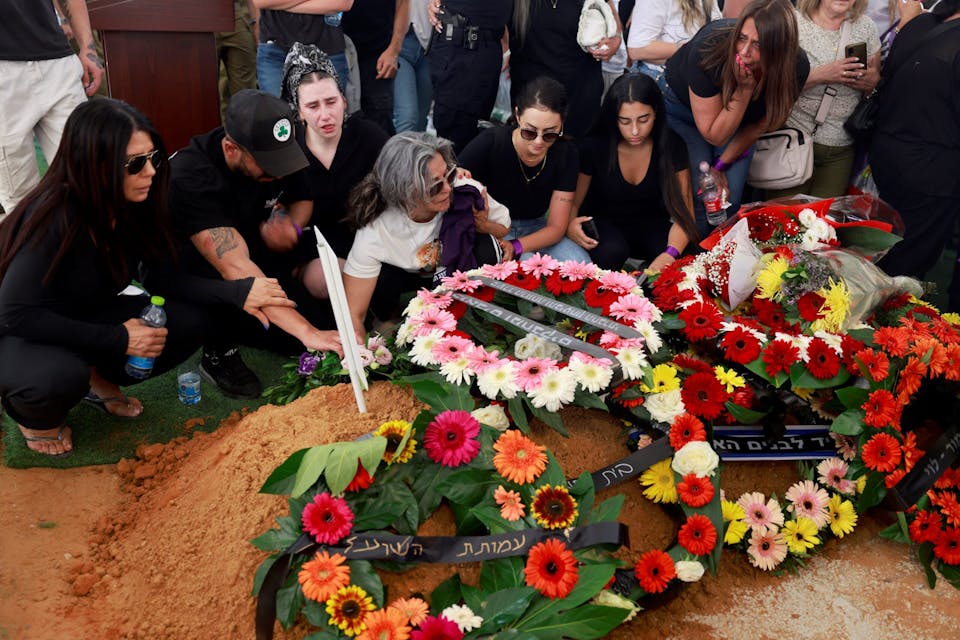
August 13, 2024
Do Jews Have Martyrs?
The idea of martyrdom is an uncomfortable one for Jews. Yet respect for religious self-sacrifice finds its very origins among them, as I saw on Mount Herzl this summer.
The idea of martyrdom—even the word martyr—is an uncomfortable one for today’s Jews. Christianity built itself on stories of martyrs. The liturgical, calendric, and political emphasis on martyrdom came at the expense of Jews, who were from the outset implicated in the persecution of its martyr par excellence. Likewise, Islam’s guarantees of sublime and carnal rewards for its martyrs have over the centuries been used to encourage all kinds of bloodshed, including the strategies of human sacrifice endorsed by Hamas and Iran today. Even the great Moses Maimonides seems to have been embarrassed by martyrdom, and assigns death for the sanctification of God’s Name (the preferred Jewish term) as a path only to be taken in strictly circumscribed situations, perhaps a fate even inferior to others. This attitude has roots that reach back into early rabbinic thought.
And yet, the idea of religious self-sacrifice finds its very origins among Jews: in the willingness of the protagonists of the book of Daniel to give their lives and in the actual martyrdoms described in the second book of Maccabees. It persists in the liturgy, which describes ten of the most luminous sages of the 1st and 2nd centuries—including the great Rabbi Akiva—embrace their fate with equanimity, if not enthusiasm, when facing their Roman executioners. The ravages of the First Crusade on Rhineland Jewry brought an unprecedented upsurge of religious martyrdom as well as martyrdom by proxy, creating consternation for halakhists in the generations to follow. The perceived failure of so many in the Iberian Peninsula to emulate the Ashkenazi example was grounds for much proverbial and literal self-flagellation in the early modern Sephardi diaspora.
In the liturgy, the two greatest elaborations of martyrdom are works of religious poetry (piyyut) read on the two most solemn fast days on the Jewish calendar, Yom Kippur and Tisha b’Av. For most Ashkenazi congregations, Eleh ezk’ra, “These shall I remember,” is read on Yom Kippur, and Arzei ha-l’vanon, “The Cedars of Lebanon,” on Tisha b’Av. The former poem likely dates to the 6th or 7th century, a golden age of piyyut in the Land of Israel; the second to 13th-century Germany.